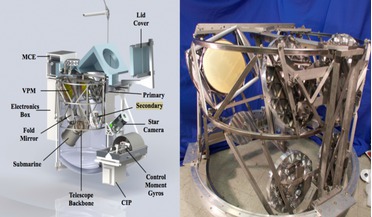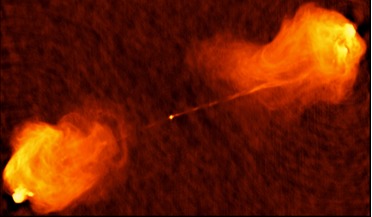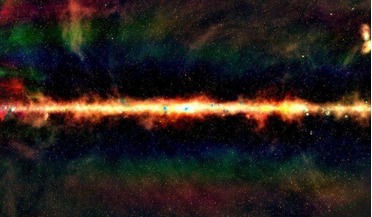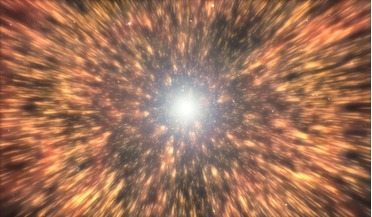 26 July 2016
Will PIPER be successful in confirming Inflation Theory?
26 July 2016
Will PIPER be successful in confirming Inflation Theory?
... kick started when LIGO detected these once elusive waves emanating from the merger of two enormous black holes. Now however, it is the turn of another instrument, PIPER, the Primordial Inflation Polarization ExploreR, to search the skies...
 20 September 2016
Astronomers detect a rare type of object known as a spiral DRAGN
20 September 2016
Astronomers detect a rare type of object known as a spiral DRAGN
... in MCG+07-47-10, a face-on late-type Sbc galaxy with distinctive spiral arms and prominent bulge suggesting a high black hole mass. This DRAGN, found with the Giant Meterwave Radio Telescope, however has a comparatively low radio...
 26 October 2016
Australian radio telescope shows the Universe in radio waves
26 October 2016
Australian radio telescope shows the Universe in radio waves
... from the most ancient stars in our galaxy, and find the first and last gasps of supermassive black holes,” she said. The GLEAM survey is an important step on the way to the low frequency part of the Square...
 14 November 2016
Mysterious Quark Nova lights up an exploding star for a second time
14 November 2016
Mysterious Quark Nova lights up an exploding star for a second time
... stars, etc.) if it is massive enough to go supernova and form a heavy neutron star but not too massive to go directly to a black hole.” Quark Nova may also be the answer to other unexplained observations such as titanium enriched supernovae and the...